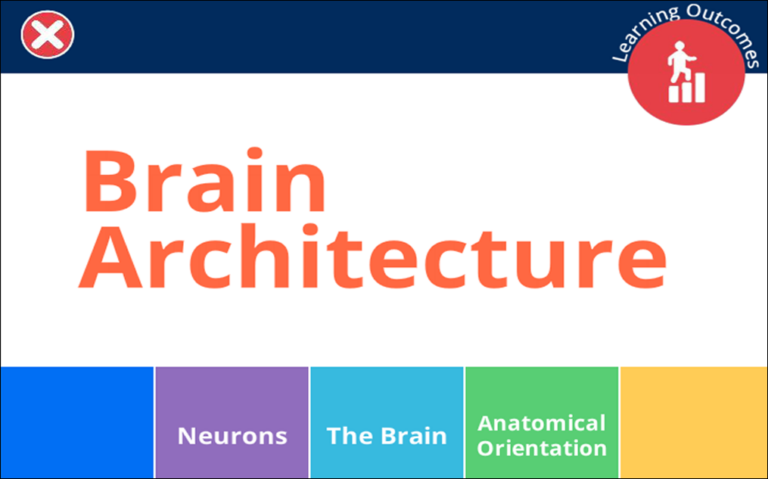Attention
Module Overview
In this module, the topic of Attention is introduced. This module begins by using the analogy of choosing a sandwich from a plate of sandwiches to illustrate the kind of choice that the brain is continually making. The role of top down perception and context in interpreting what we see is also described. The dichotic listening task is introduced and described. The role of the dichotic listening task in demonstration the properties of selective attention is reviewed. The long standing central role of attention as an issue in psychology is illustrated with a review of early work done on attention that was done in the 19th century.
Introduction
The construct of attention carries with it the benefit and disadvantage of being a common place term. Students are familiar with being told to “pay attention”. People often assume that attention is a matter of turning the head and directing eye gaze. However, the modern view of attention is more complex than that. Some jurisdictions, such as the province of Ontario, assume that distraction of attention is principally due to visual and manual distraction. However, attention is a broader concept that also encompasses cognitive distraction.
The properties of the dichotic listening task, as a way to control attention, is discussed. While only rudimentary information is retained from the non-attended ear, it seems unlikely that the attentional filter works at the level of the ear, since if the message switches in mid-sentence from one ear to the other the listener follows it effortlessly, often without noticing that the ear it is assigned to has changed. However, the notion of attentional filter has also been questioned and we recommend in teaching this module that a biased competition explanation be used instead where there are competing responses and attention serves to bias activation towards one of the competing responses in particular.
The mapping of attention to brain regions is also considered and the module describes the properties of attention and the problem that occurs in complex tasks when attention is distracted.
This module consists of a video that provides an introduction to attention. The module also contains a supplementary video that discusses control of attention.
Prerequisites
Before starting this module, it will be helpful to be familiar with:
- Top down processes in perception,
- The problem of driver distraction,
- The concept of a sensory memory buffer.
Learning Outcomes
With careful study, by the end of this module, one should be able to:
- Describe and evaluate the biased competition model of attention.
- Explain how context affects perception and give an example.
- Justify the importance of top-down processing in resolving ambiguity.
-
Criticize the dichotic listening task as a vehicle for studying selective attention.
-
Outline a scenario that illustrates the cocktail party effect.
Related Project Resources
| Type | Title | Author | Description |
|---|---|---|---|
| Image | Attention Like a Plate of Sandwiches (PNG, 1.14 MB) | Dr. Peter Coppin | CC BY |
| Image | Cocktail Party Effect (PNG 2.28 MB) | Dr. Peter Coppin | CC BY |
| Image | Covert Attention (PNG, 1.8 MB) | Dr. Peter Coppin | CC BY |
| File | Attention (Storyline File) (ZIP, 232 KB) | Dr. Mark Chignell | This Storyline File can be downloaded and modified to your specific learning objectives (within the bounds of the creative commons licensing selected for this file. This is encouraged, but any technical issues are not supported by the University of Toronto. |
| File | Attention (SCORM Package) (ZIP, 1 MB) | Dr. Mark Chignell | This SCORM package can be uploaded into your institution's Learning Management System. |


